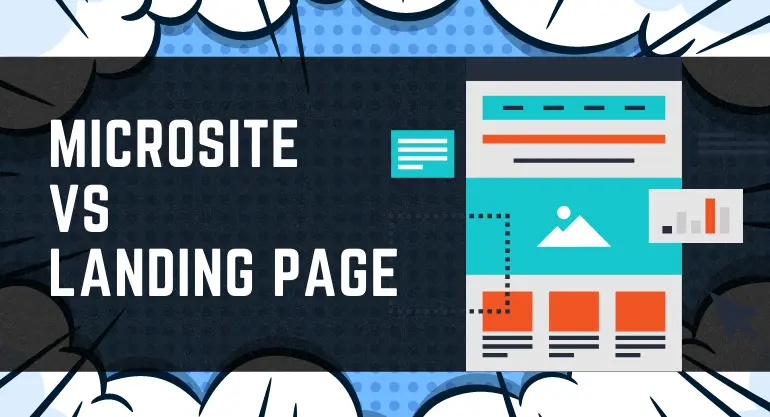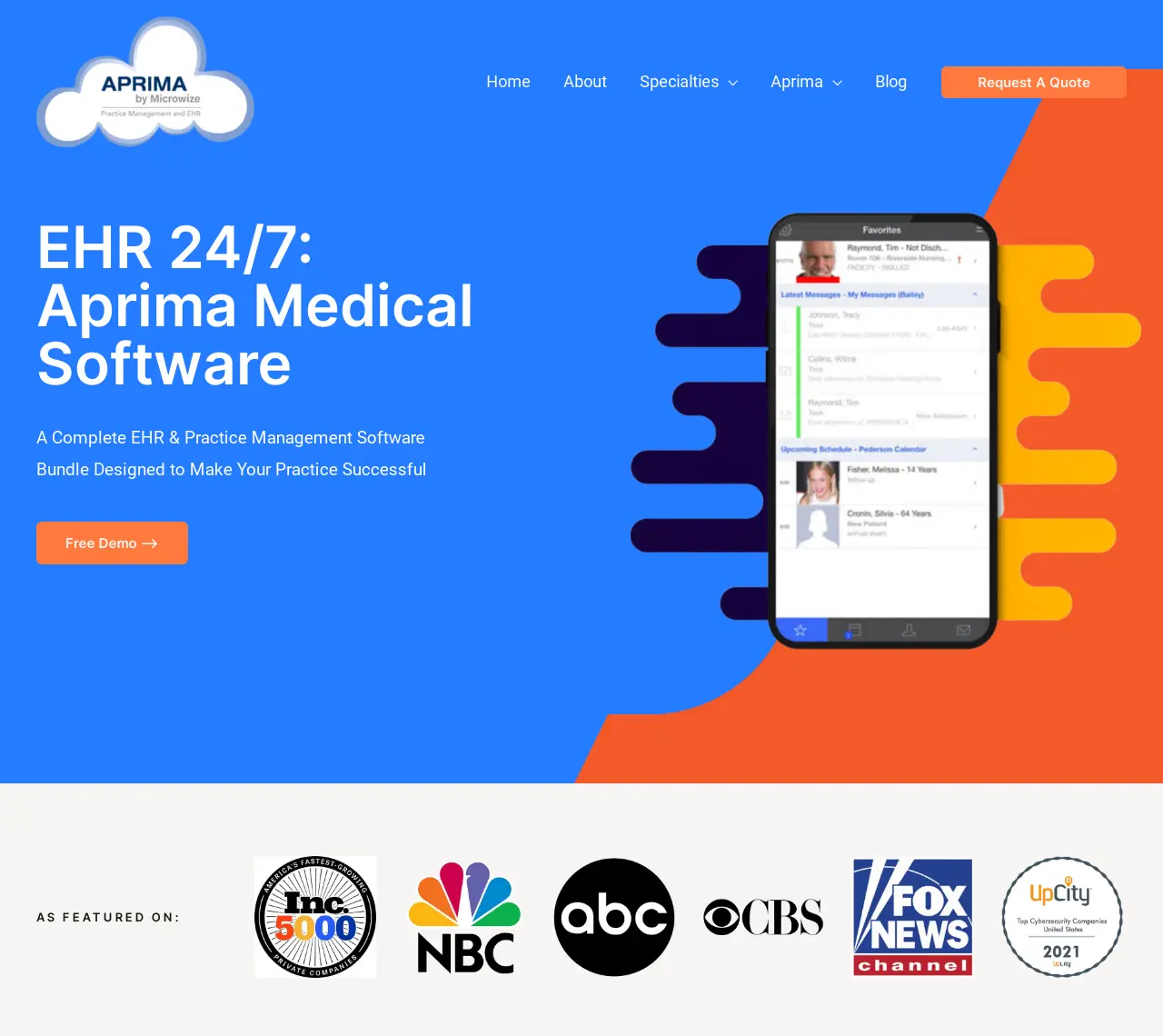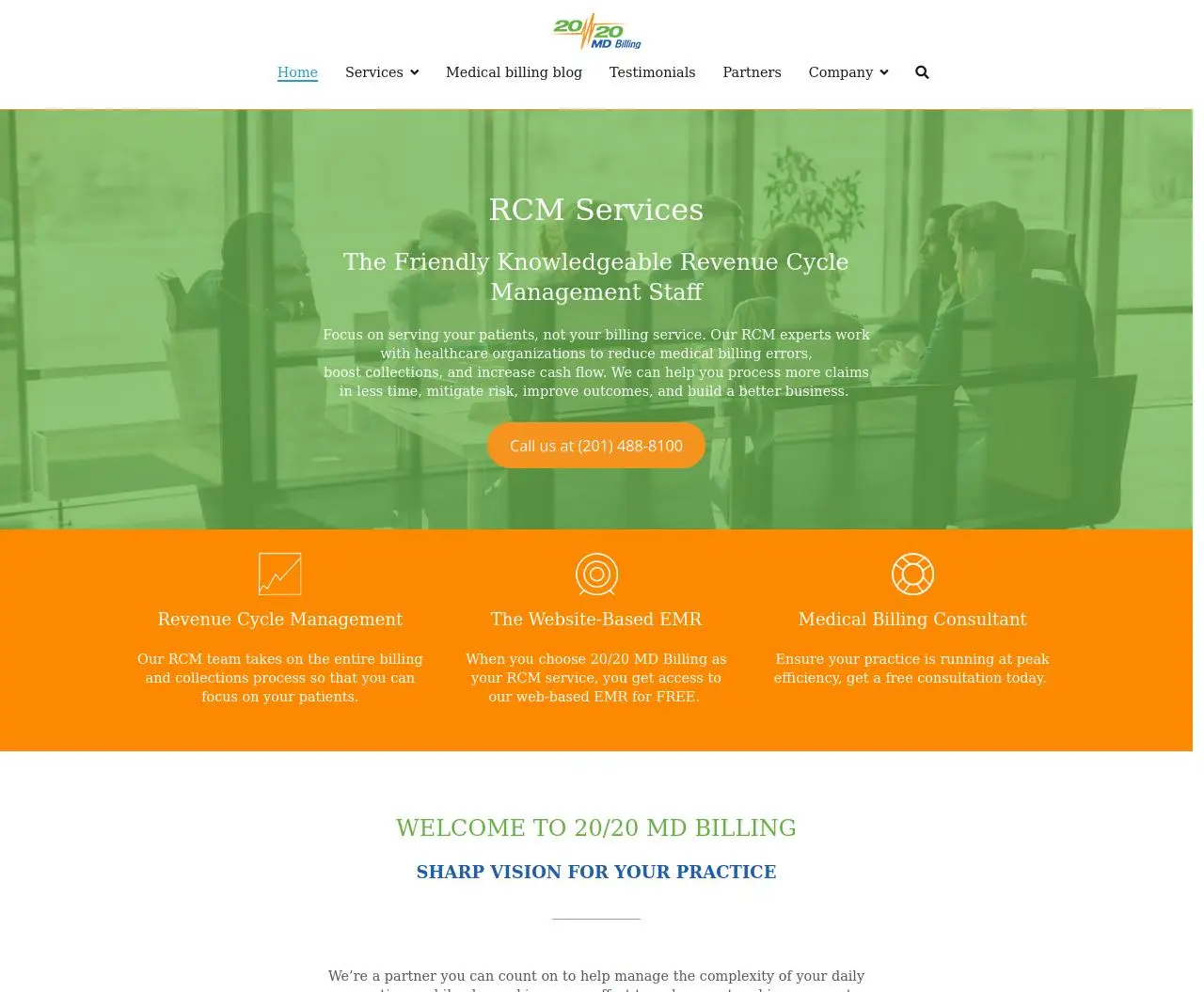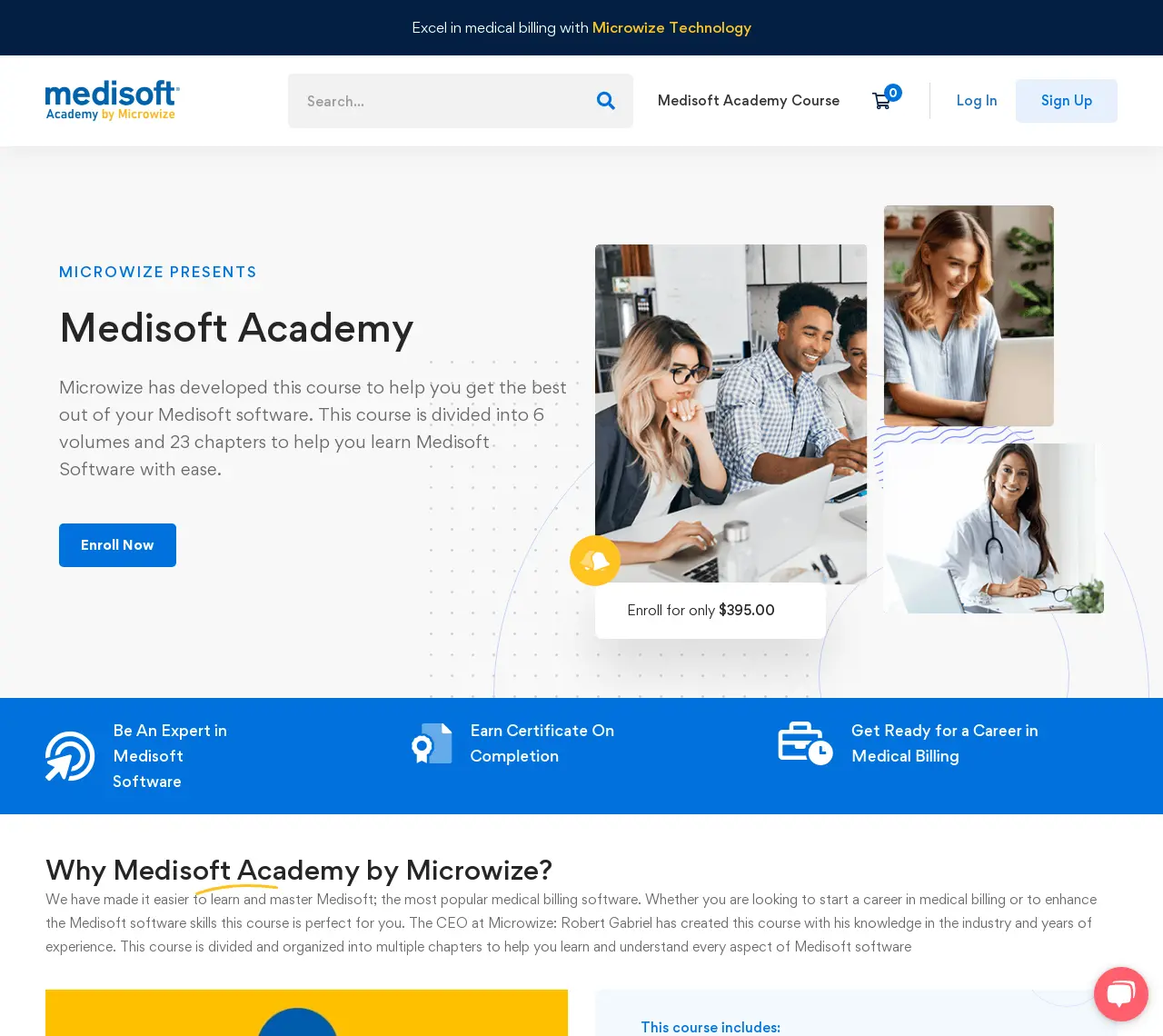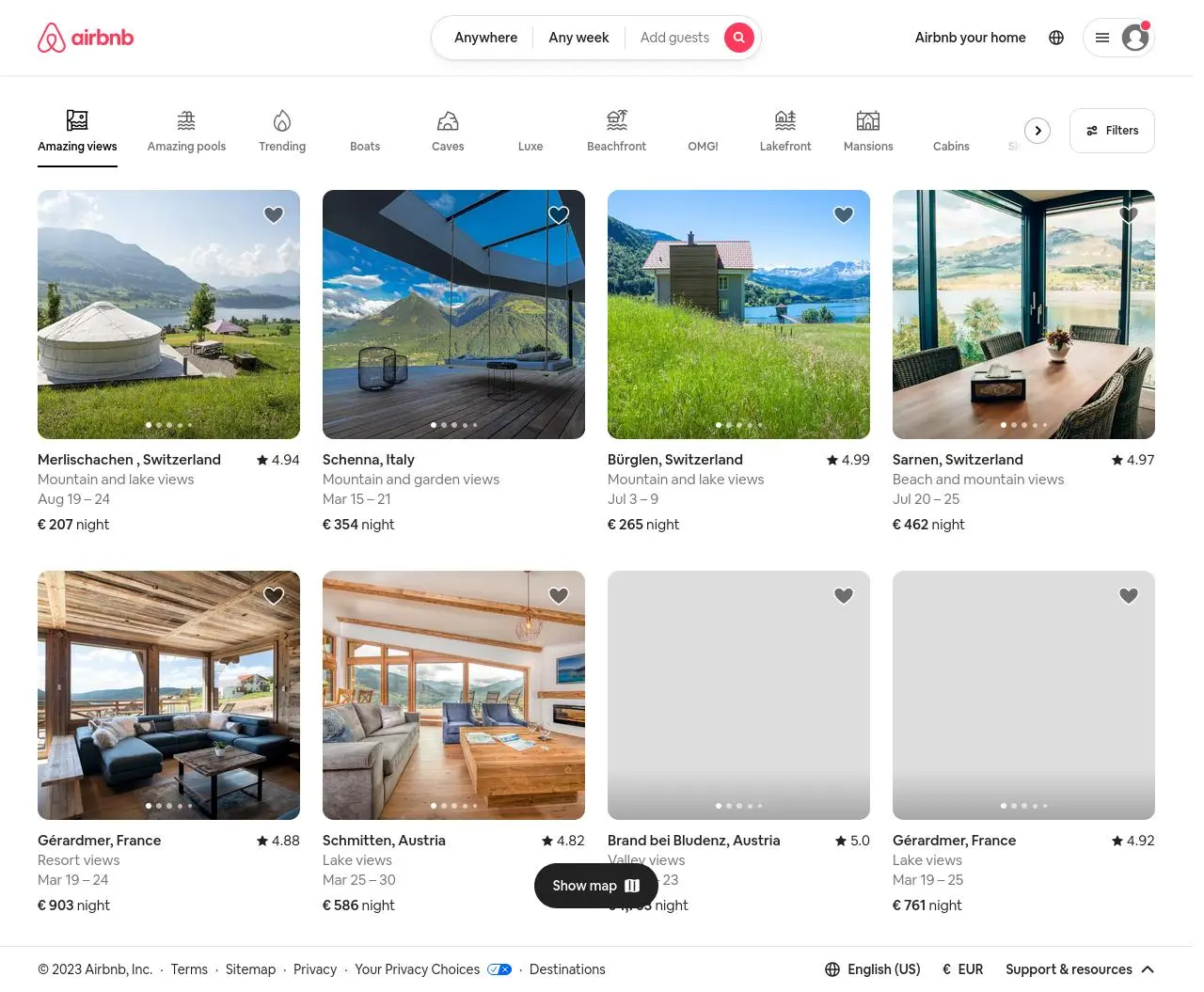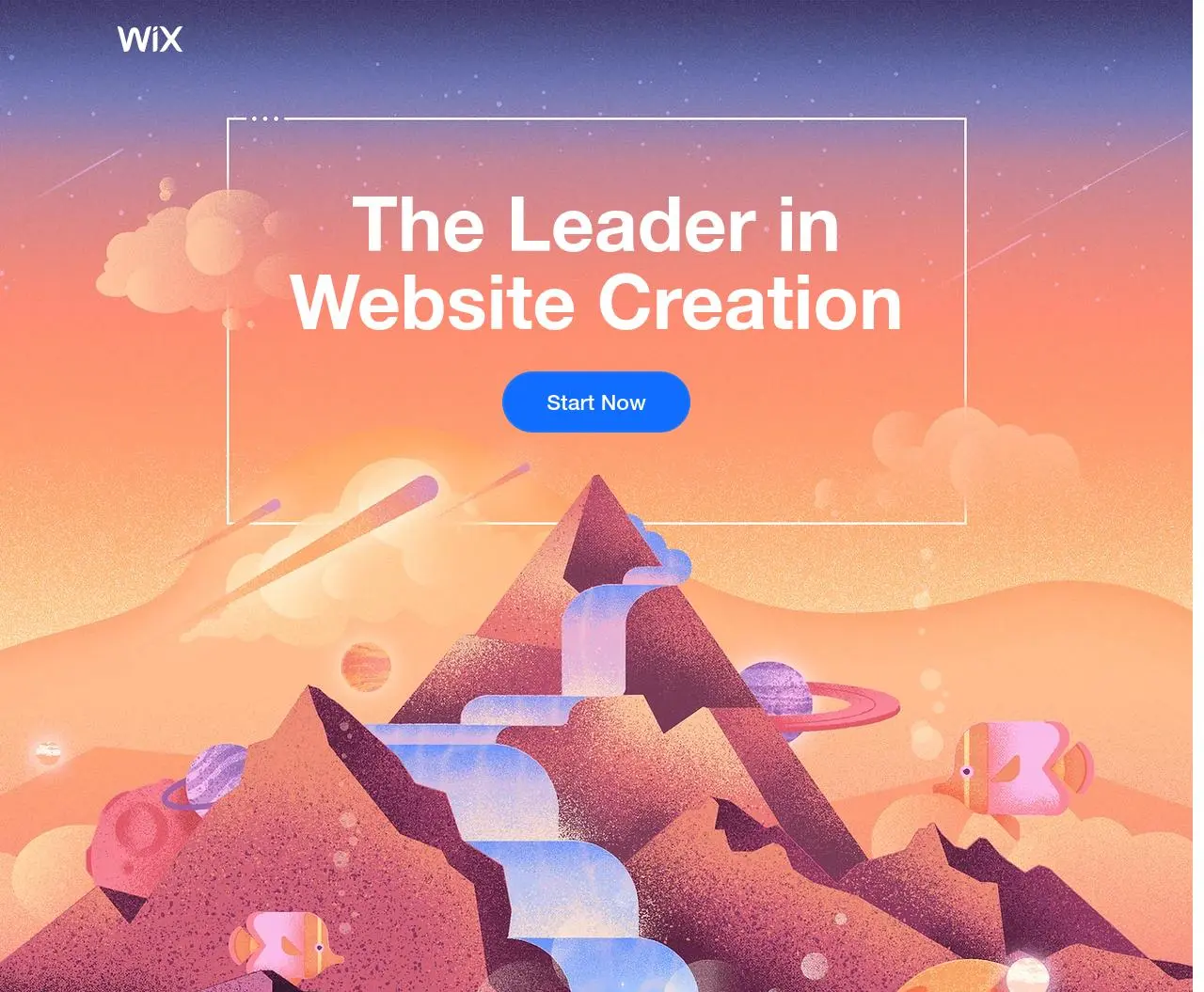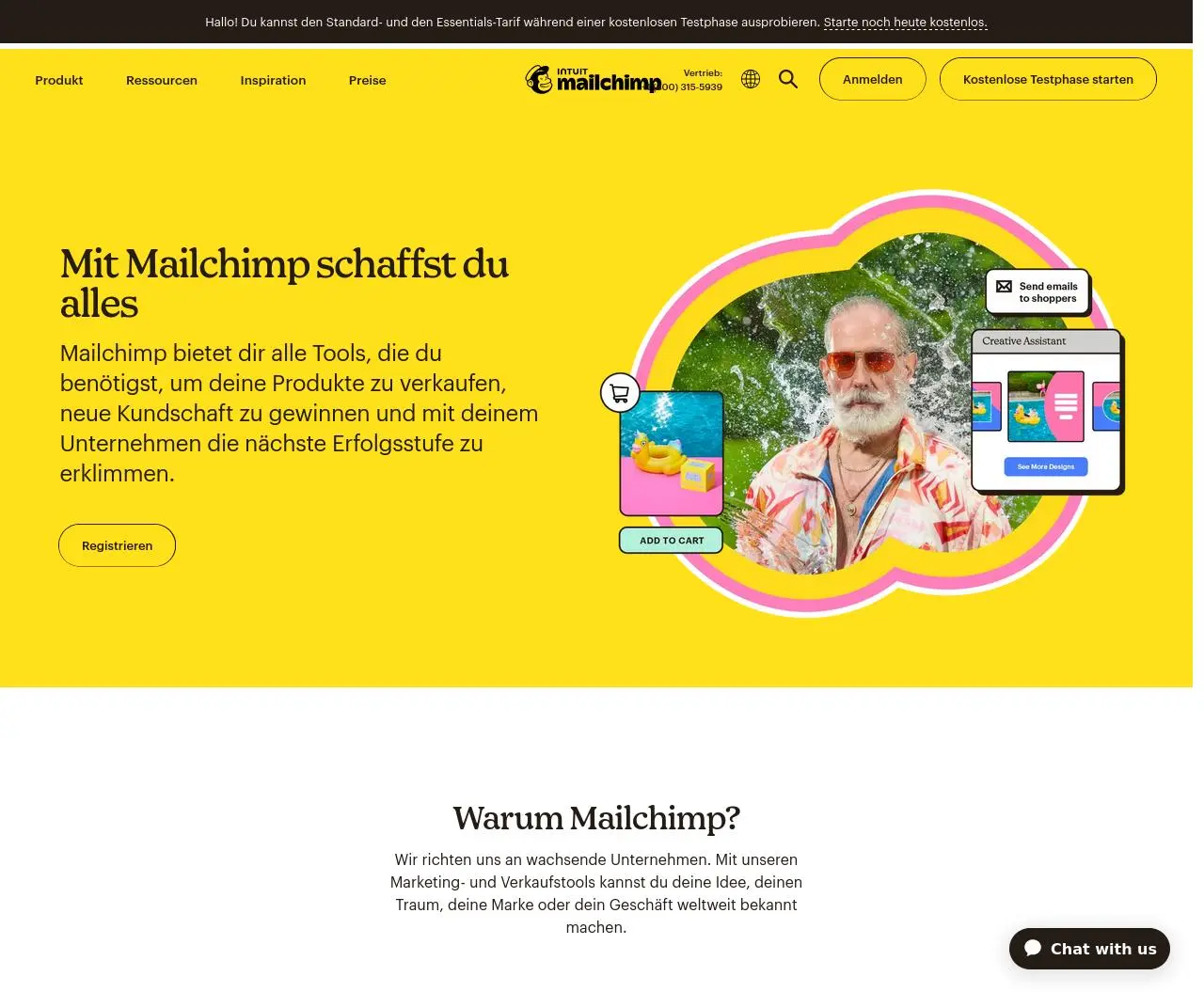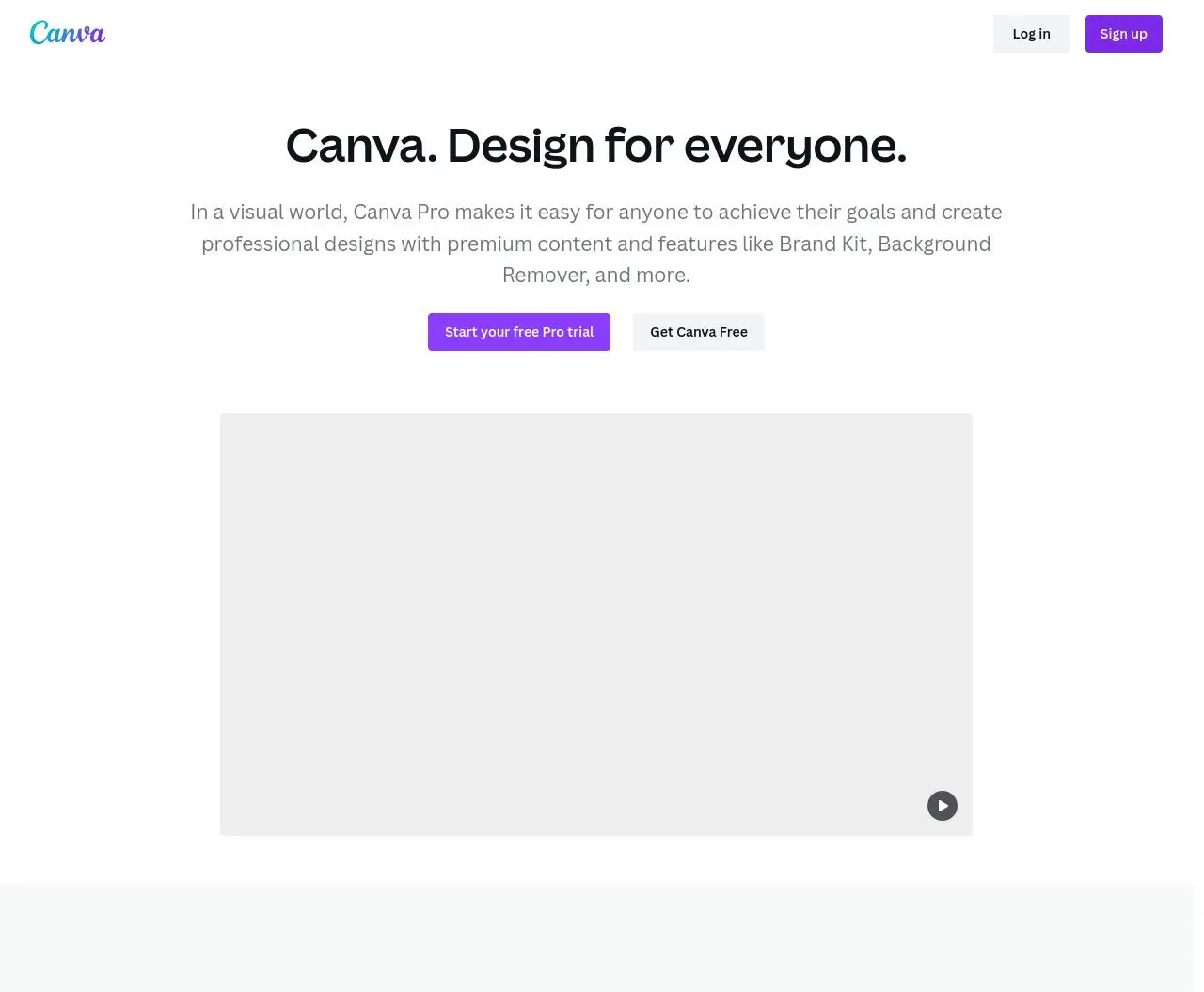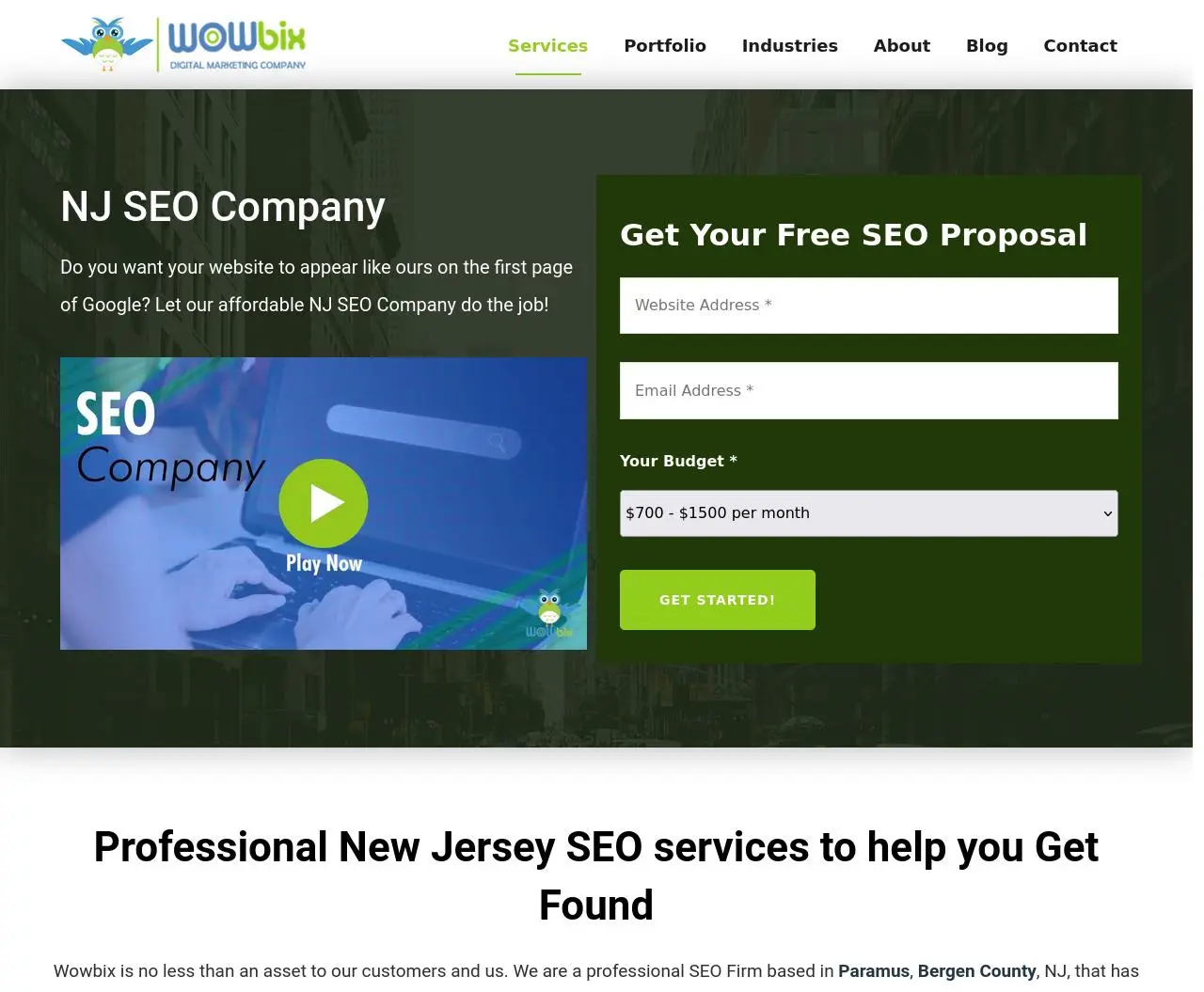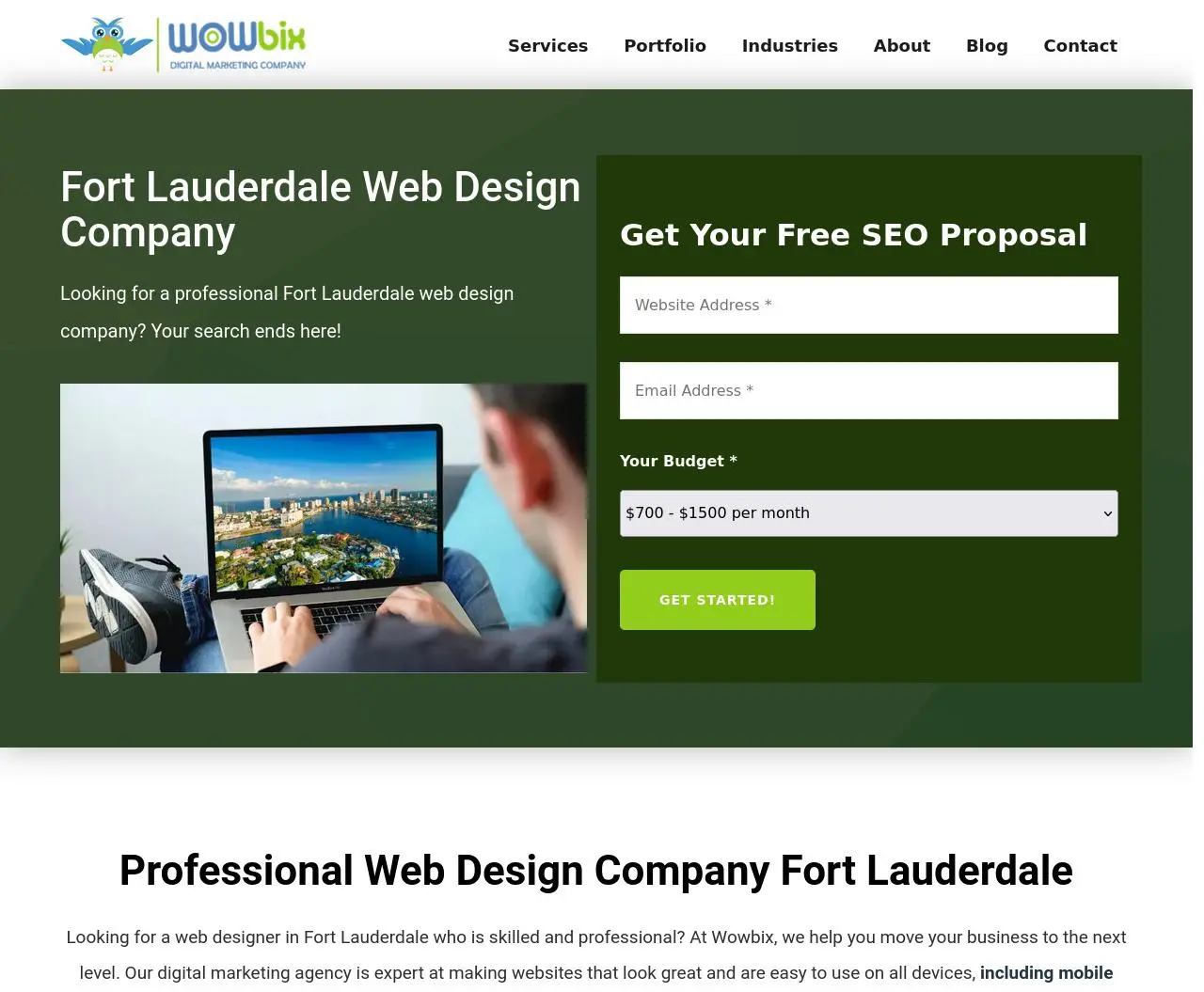Are you trying to decide whether to create a microsite or a landing page for your next marketing campaign?
Even though the two terms may seem interchangeable, they are used for different things and can affect your lead generation efforts differently.
This blog post will explain the critical differences between a microsite vs landing page and help you decide which is best for your project.
Read on to learn more about these two essential terms and how they can help you achieve your marketing goals.
What is a Microsite?
A microsite is a smaller website that usually only discusses one product, service, or campaign. Businesses often use it to give customers a more personalized and exciting experience. Microsites aren’t as complicated as full sites because they don’t have to serve multiple purposes. Some businesses call microsites branded blogs or stand-alone campaigns based on what they do.
For example, a company offering multiple services might make a microsite for each class to make the experience more personalized. Companies can save time and money using microsites. Moreover, they can also help with SEO optimization. Also, they help businesses make more money by letting them use unique campaigns and marketing materials to reach out to specific groups of customers.
Microsite Examples
Instead of going all in one from the main website/parent company, Microwize decided to target micro niches with their sister companies. Below are some of the microsites they created to target each specific area:
1. EHR247
2. 2020MD
Microsite Pros and Cons
Pro#1: You can create content for a specific audience or niche with a microsite. This means you can target a particular group of people with your marketing, which can help you get more people to buy.
Pro#2: By making targeted content, you can improve your search engine rankings for specific keywords and phrases. This can help bring more natural traffic to your site and make you more visible online.
Pro#3: Creating a microsite usually costs less than making an entire site because it takes less time to design and build. This can be an excellent option for businesses wanting to market themselves online but not spending much money.
Con#1: Keeping up with multiple sites can take time and use many resources. This can be hard for companies with few employees or resources.
Con#2: Creating unique content for each microsite can take a lot of time and work, which can be duplicated if the same content needs to be shared across multiple sites. This can be hard for businesses that don’t have a lot of money or people.
What is a Landing Page?
A landing page is a stand-alone web page that aims to turn visitors into leads or customers. A traditional site usually has many pages and sections, but a landing page is only about one product, service, or offer.
Landing pages are usually easy to navigate and are meant to get visitors to do something specific, like fill out a form, buy something, or download a free resource. They usually have a clear and exciting headline, an image or video to back up the offer, and persuasive copy that shows what the request can do for the reader.
Landing pages are essential to any digital marketing campaign because they can help increase conversion rates and bring in more leads and sales. They are often used in paid ads, email marketing, and marketing on social media sites. Businesses can make visitors more likely to do what they want by sending them to a landing page tailored to a specific offer or message.
Landing page examples
1. Airbnb
2. Wix
3. Express VPN
4. MailChimp
5. Canva Pro
6. Wowbix Location-Based SEO Landing Page
7. Wowbix Location-Based Web Design Landing Page
19 more examples. https://blog.hubspot.com/marketing/fantastic-landing-page-examples
Landing Page Pros and Cons
Pro#1: Landing pages focus on one product, service, or offer in particular. This lets you send specific messages, making your marketing campaigns more effective.
Pro#2: Landing pages can improve conversion rates by focusing on a specific offer or message, giving a clear call to action (CTA), and eliminating distractions.
Pro#3: Landing pages are a great way to get information about your visitors, like their names, email addresses, and other details. Moreover, this information can be used for future marketing and product launches & to keep in touch with leads.
Con#1: Landing pages can’t be used for websites or functions that are more complicated. They often don’t have exclusive features like menus and ways to move around.
Con#2: Making a landing page that converts well takes careful planning and testing, which can take a lot of time.
Con#3: A landing page is useless if it doesn’t get people to visit it. You need the right people on your landing page to get results.
What is the difference between a microsite and a landing page?
A landing page and a microsite are different web pages used for other things.
A microsite is a small few-page site usually separate from a company’s main website and focuses on a specific topic. It usually has more than one page and its URL. Microsites are often used to promote a particular product or service or as part of a branding campaign. They can be interactive and exciting and tell people a lot about the topic or what they are about.
A landing page, on the other hand, is a separate web page that is meant to turn visitors into leads or customers. It is usually made as part of a marketing campaign and has a form or a call to action (CTA) that tells visitors to do something, like fill out a form or buy something. Landing pages often bring people to a specific offer. Headlines, copy, and design can be used to make them more likely to convert.
In short, the main difference between a microsite and a landing page is that a microsite is a small site that gives detailed information about a specific topic or product. In contrast, a landing page is a stand-alone web page designed to turn visitors into leads or customers through a particular call to action.
How to choose between a microsite & landing page?
Your marketing goals and needs will help you decide between a microsite and a landing page. Here are some things to think about:
What do you need it for?
A landing page may be best if you promote a single product or service and want more leads or sales. If you’re launching a new brand or campaign and want to give more information or content, a microsite might be a better choice.
How much content do you want to publish?
Landing pages usually have less content and focus on a single call-to-action, while microsites can have more pages and more in-depth content.
What is your budget?
Microsites may take more time and money to create and maintain, while landing pages may be cheaper. To speed up the process, some landing pages & microsite templates are available online.
What is your target audience?
If you want to reach a specific group, you can make a microsite that fits their needs and interests. A landing page might work better if you’re going to get more people.
How soon do you it to be built?
If you need to start a campaign quickly, you can make a landing page in a short amount of time. A microsite can give you a more profound and complete experience if you have more time and money. However, it mostly depends on your builder and creation tool. You can also find out how long it takes to build a website.
Conclusion
Ultimately, it would be best if you chose between a microsite and a landing page based on your business’s goals and needs.
A landing page is best for a single campaign, while a microsite is better for a larger marketing plan with more than one product or service.
There are pros and cons to both microsites and landing pages, and it’s essential to consider them before deciding.
Eventually, you can make a successful and effective online marketing campaign by knowing the differences between microsites and landing pages and deciding based on your business’s needs.

